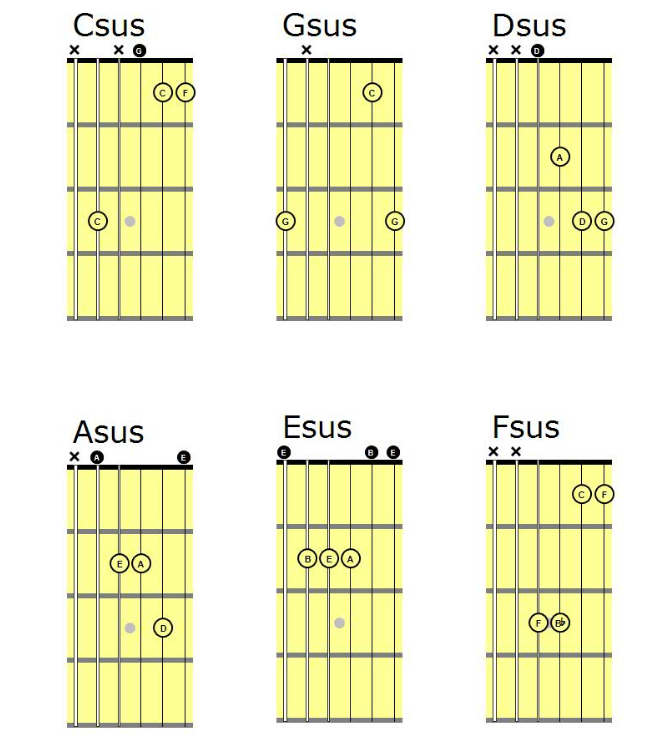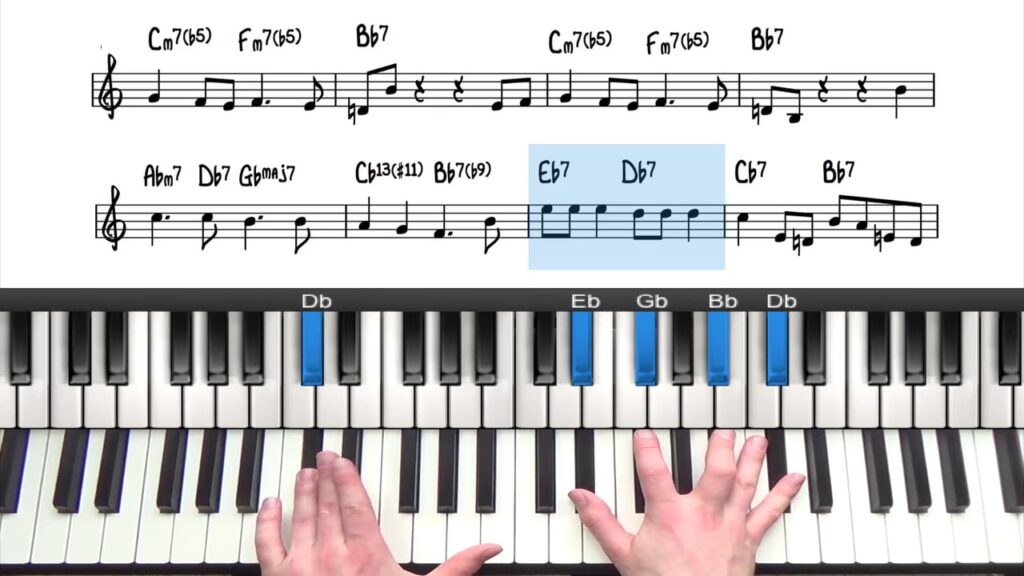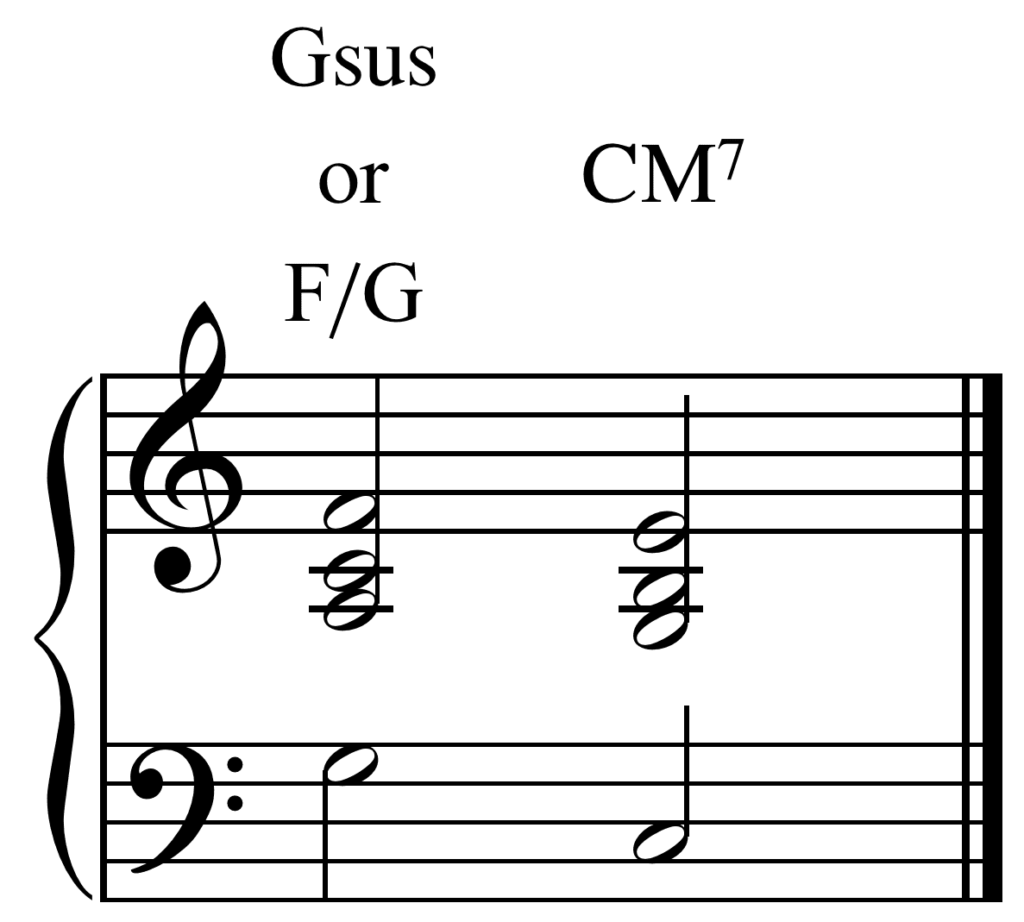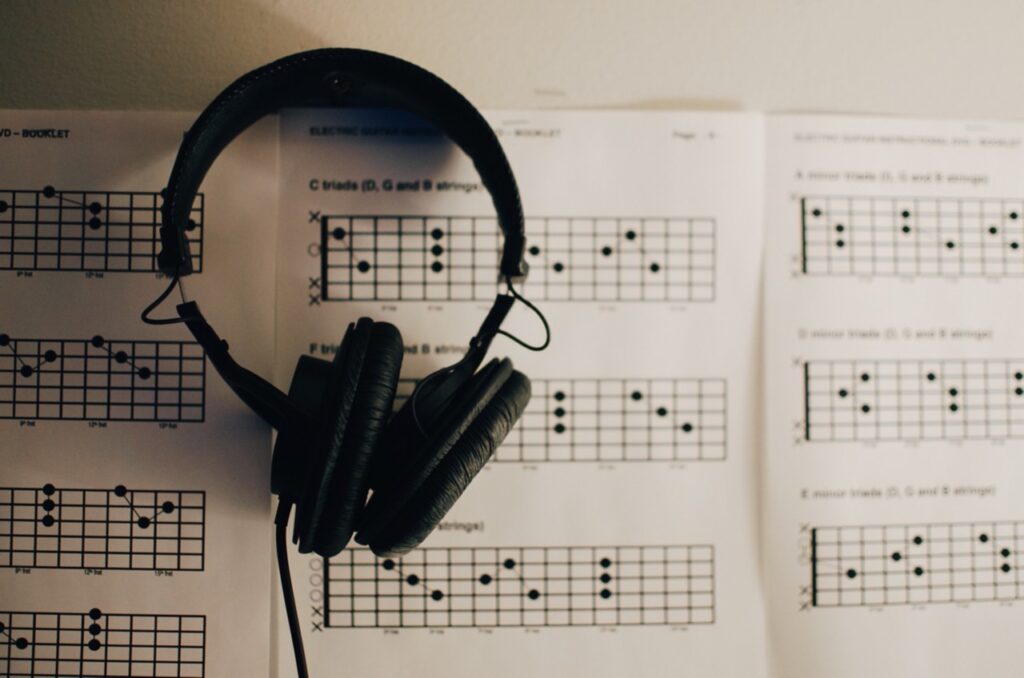
You will encounter the term “suspended chord” or “sus chord” many times on your journey to becoming a piano or guitar virtuoso. While most musicians know what this term means, a few are not, and they end up suffering for their ignorance in practice. You certainly don’t want to be in the position of the latter.
We’ve already answered what the “sus” in sus chord means (hint: it’s in the first paragraph), but today, we’ll discuss what it is beyond its meaning.
What Does “Sus” Mean?

According to Muzictribe, the “sus” in sus chord stands suspended. Basically, when we see a “sus” attached to a chord, it means there’s a delay. We are letting the piece dangle on the precipice for added thrill and excitement. It’s part of what makes a composition interesting.
Delayed resolution is necessary for music. It keeps the listeners’ interest and makes them want to know where the piece is going. Listeners don’t want straightforward and predictable; they want that grueling tension before the release that adds to their satisfaction. This has been the role of the sus chord since the era of classical music.
Suspension deals with the fourth—on occasion, the second—briefly held over the preceding chord. Where classical music is concerned, immediate resolution almost always follows suspension. The opposite is the case for certain types of contemporary music where sus chords are prolonged indefinitely without finality.
In modern pieces with unresolved suspended chords, it’s almost like the world goes on a standstill. The harmony forces are left unaffected, but their continuous movement doesn’t seem to be resulting in any change.
Imagine yourself at sea and knowing you’re moving forward. However, despite this, you still have no sense of forwarding progression at all if the proximity of land is an indication. This metaphor seems like a perfect way to describe the contemporary use of suspended chords.
Suspended Chord Types

In modern music, the two most common types of sus chords are sus2 and sus4. Instead of representing the chord tones normally present in a particular chord, figures two and four signify the scale degree that’s being held.
A Dsus2 chord is composed of the following notes: D, as the root, E, second scale degree suspended, and A, fifth scale degree. On the other hand, a Dsus4 chord consists of the root D, the suspended fourth scale degree G, and the fifth scale degree A. In both instances, you don’t have a major third.
The third tells you if a chord is minor or major. It is for this reason that these are the chords suspended. You may even call them incomplete.
In the Dsus2 chord, you will only feel a semblance of finality when the second resolves up to the third scale degree. It is a similar situation for the Dsus4 chord; only this time, resolution will come when the 4th resolves down to the third.
How To Use Suspended Chords

Guitar and piano lessons are where you encounter suspended chords the most. These chords are sometimes put in place of the major chords to deliver something extra to the piece.
It’s up to a musician to decide where to use suspended chords. You may use them in any part of the song except the last chord. As long as they sound good where they are and stay true to the integrity of the piece, then they’ll work.
Suspended chords are volatile. They hold a lot of tension, which makes them impractical to use in place of a composition’s last chord. They offer no resolution and will just make the music go on and on.
Of course, that isn’t to say a continuous sound is a bad thing. Lots of musical pieces go for the unfinished feel, which can leave listeners wanting more. When you do this, though, know that some classical composers will be rolling in their graves.
Suspended Chords in Specific Musical Scenarios

Depending on the musical piece or arrangement, suspended chords can play the following roles:
1. “Two Chord” Over the Root of Its Proceeding “Five Chord”
In the arrangement Dm7/G = G7sus, the voicing for a chord in seventh minor is the voicing for a perfect fifth lower suspended chord. In fact, it doesn’t matter if the orchestra plays a G7sus or a Dm7; the bass player has all the power.
Those in charge of other instruments play the same thing regardless. That said, we will now discuss how improvisation over a sus chord is done.
2. Sus Chord Improvisation
This is done in the same way one would over a chord in seventh minor, resolving a fourth. Basically, in certain cases, the scale choice for Dm7 also works for G7sus.
Also, the chord tones for Dm11 are 5,7,9,4, 13, and G13sus root, respectively. So, it’s not only that the scales coincide properly between G7sus root and Dm7, but the important notes do, too. As such, any bebop line that might be played targeting chord tones Dm7, Dm9, or Dm11 will sound just as great over G7sus, G9sus, and G13sus.
3. Flattening the Sus9 Chord
This one’s a darker version of the sus chord. Like the G7sus is viewed as in between the two and five chords, we can also view the G9sus as sitting between the same chords in a minor ii-V progression.
4. Third Played Over the Sus Chord
As you learn about dominant chords, you will realize that the fourth is something to avoid. Although it can be used as a passing note, it’s not something to sit on for any significant duration.
Of course, it’s a different story with the third, which can be used in a sus voicing because of its beautiful sound.
The Importance of the Sus Chord

Learning and understanding suspension chords give you an edge in the world of piano and guitar. It allows you to play interesting and flavorful pieces and even compose compelling music of your own.
You can find sus chords in the compositions you learn daily. So, make sure you know about them in detail so you can do these pieces justice.











